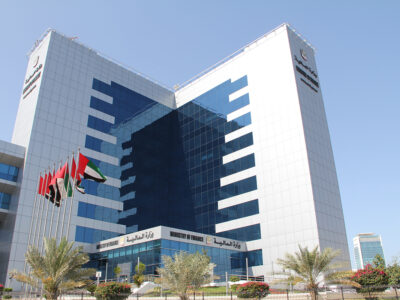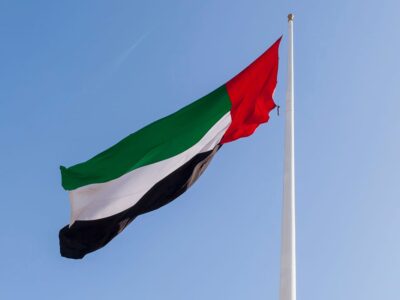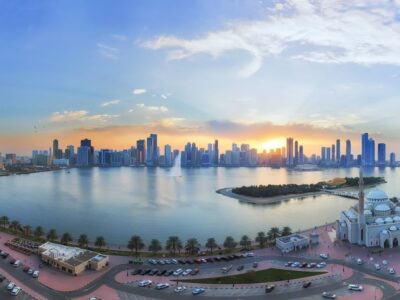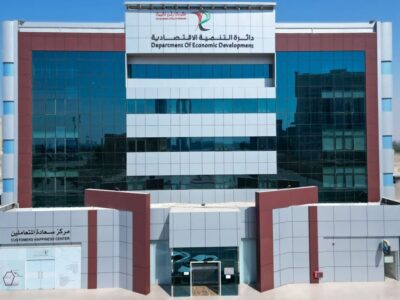The Middle East and North Africa (MENA) region is expected to see economic growth pick up significantly to 3.5 percent in 2024, according to the World Bank’s latest Global Economic Prospects report.
This comes despite the global economy heading towards its weakest performance this decade with worldwide growth slowing to just 2.4 percent – its third consecutive yearly decline and almost three-quarters of a percentage point below the 2010s average.
“Without a major course correction [in the global economy], the 2020s will go down as a decade of wasted opportunity,” warned Indermit Gill, the World Bank Group’s Chief Economist and Senior Vice President.
The projected acceleration in MENA growth contrasts with most other parts of the developing world, where the vast majority of economies will expand at a rate over 1 percentage point slower than the previous decade. It also bucks the trend for a number of industrialised nations facing a sharper slowdown.
However, the World Bank cautioned that forecasts for the Middle East remain highly uncertain due to geopolitical risks from the ongoing conflict in the region. Assuming no further escalation, growth is expected to strengthen on the back of rebounding oil production and exports in Gulf nations like Saudi Arabia as they unwind previous voluntary output cuts.
Meanwhile, growth is projected to pick up in oil importers such as Djibouti, Morocco and Tunisia. But countries closer to the conflict zone, including Egypt and Jordan, are likely to be more adversely impacted through channels such as reduced tourism revenues and private sector activity.
The report notes that downside risks outweigh upside possibilities for the MENA outlook. Chief among these is a potential intensification of the Middle East conflict, which could undermine economic activity across borders through refugees and higher commodity prices. Natural disasters and adverse weather events heightened by climate change also loom large.
With global cooperation seen as critical to addressing issues exacerbating the worldwide slowdown like high debt and food insecurity, the MENA rebound comes despite obstacles elsewhere that threaten to make this decade one of wasted potential for development. Battling volatility remains a key challenge for the region going forward.
“Investment booms have the potential to transform developing economies and help them speed up the energy transition and achieve a wide variety of development objectives,” said Ayhan Kose, the World Bank’s Deputy Chief Economist and Director of the Prospects Group.
“To spark such booms, developing economies need to implement comprehensive policy packages to improve fiscal and monetary frameworks, expand cross-border trade and financial flows, improve the investment climate, and strengthen the quality of institutions. That is hard work, but many developing economies have been able to do it before. Doing it again will help mitigate the projected slowdown in potential growth in the rest of this decade.”









